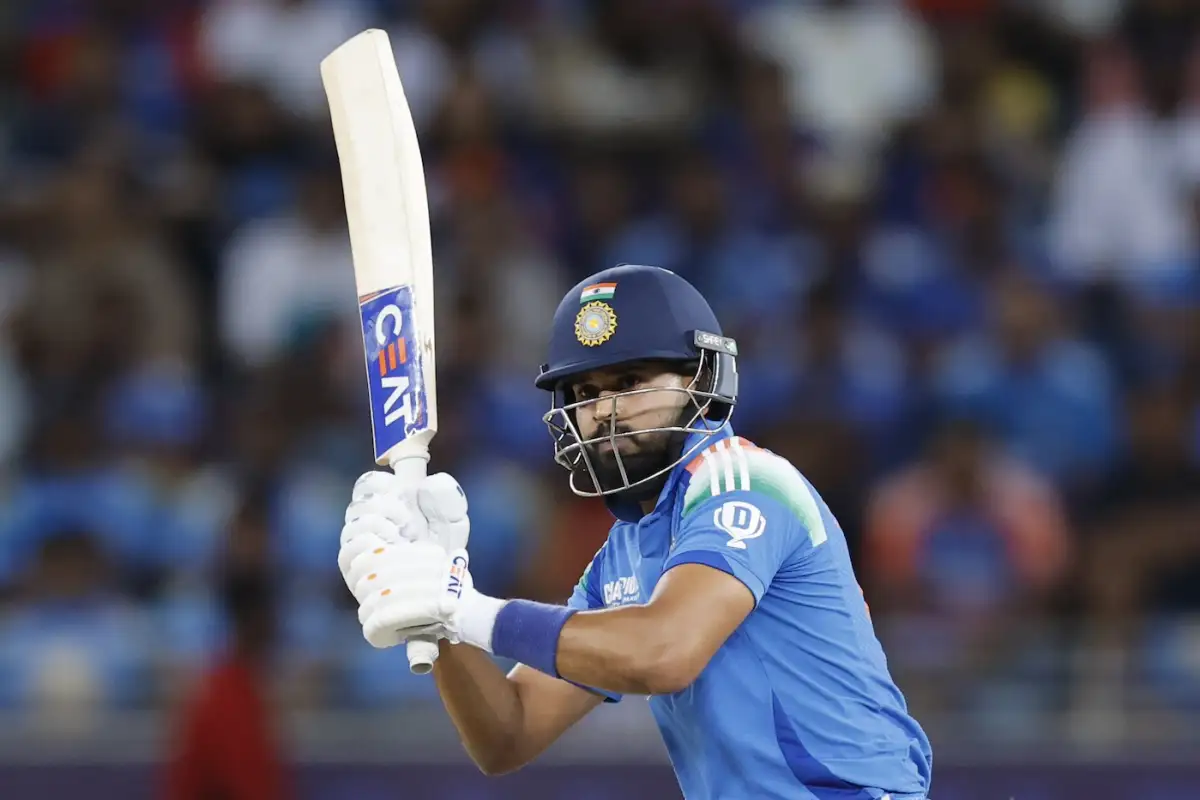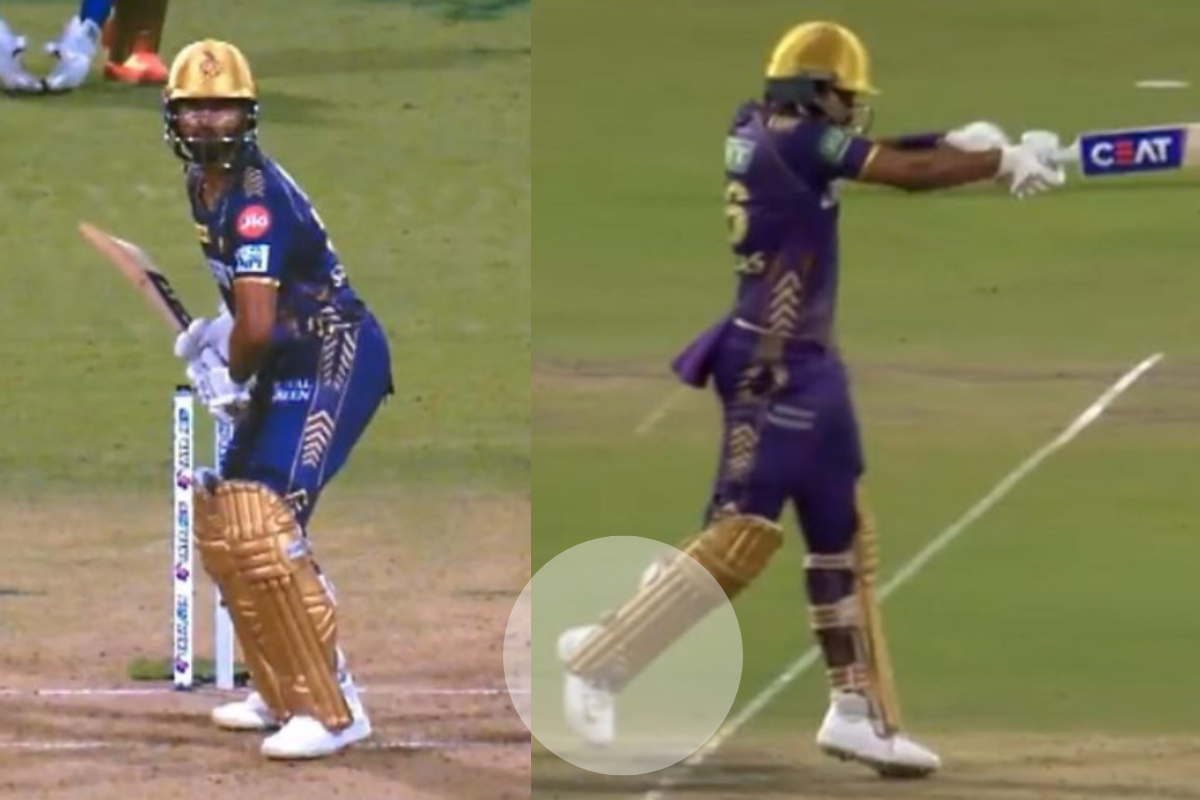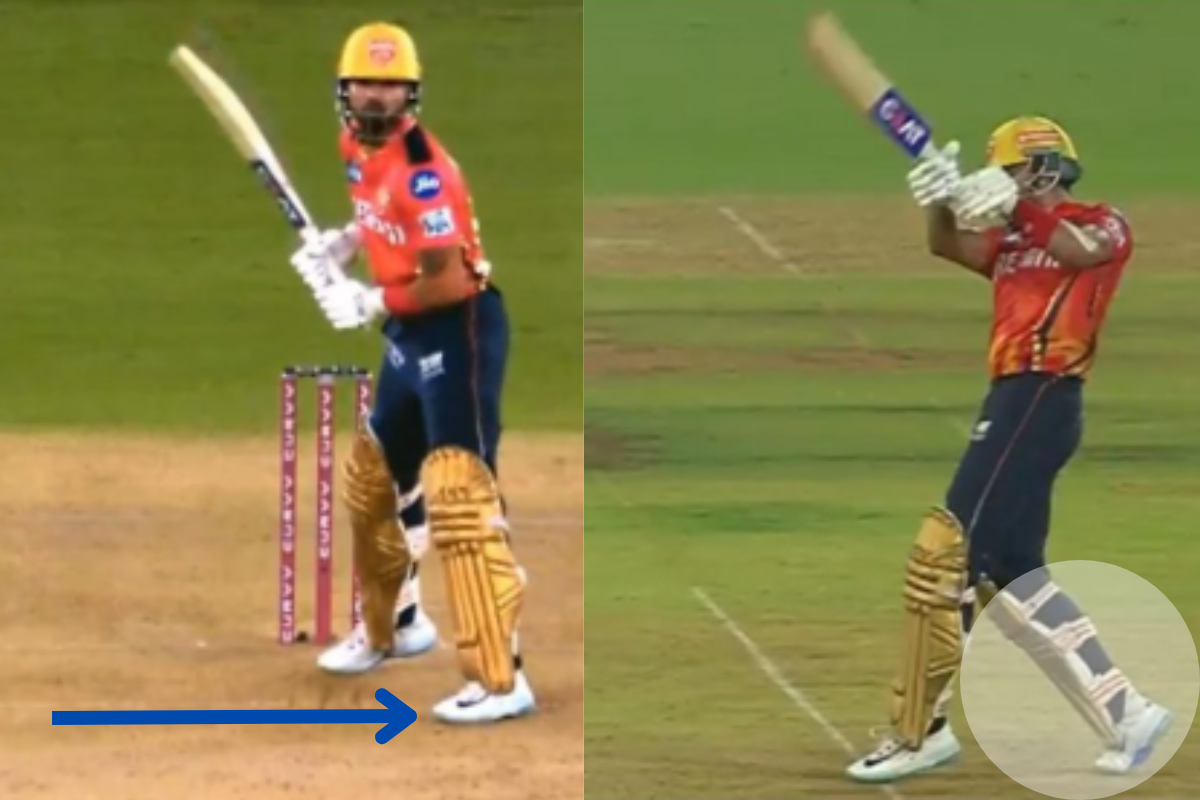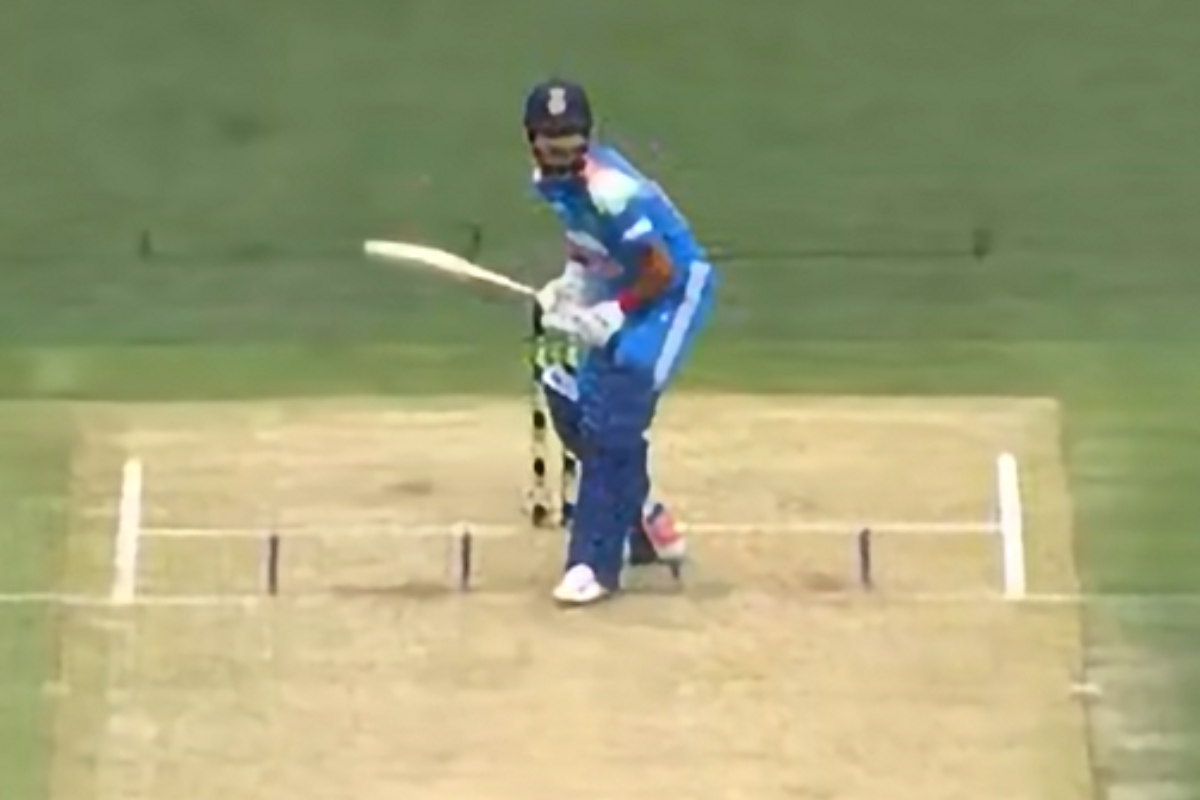
India's No.4 scored just 11 runs in the first ODI in Perth.

Shreyas Iyer and short pitched deliveries is once again turning out to be the favourite recipe for fast bowlers. India’s ODI No.4 was sent back after he fell to a short delivery by Josh Hazlewood in the first AUS vs IND ODI. Though he scored 11 runs off 24 deliveries with a solitary boundary, Shreyas seldom looked confident at the crease during his brief outing in the middle.
Over the last few years, almost every fast bowler from around the world has used the short ball against the Indian right-handed batter. Up until the end of 2024, the Punjab Kings (PBKS) skipper was being brutally targeted by short pitched deliveries from pacers. There was some issue with his transfer of weight on the backfoot, which was closely connected to his technique.
However, the 30-year-old was seen in tremendous form after his sudden call-up to the ODI setup in the home series against England in 2025. He scored two half-centuries in the three-match ODI series and showcased some clean stroke play. In that series, the Indian No.4 was on the receiving end of some music to his ears regularly from the pacers. However, he smoked those deliveries to perfection.
The run of form continued in the ICC Champions Trophy, and Shreyas became a surety in India’s ODI XI. What followed was a magnificent IPL season for the PBKS captain. In 17 matches, Shreyas scored 604 runs with an average exceeding 50. Something had changed, and it was showing in the way Shreyas was playing. There was some work being done at the back-end.
Just before the England ODI series in February 2025, Shreyas had a three-day session along with childhood coach Parvin Amre. The entire idea was to work on the betterment of the right-hander’s technique. Amre later revealed that the idea was to empower Shreyas to respond to any type of delivery with extreme ease. It was simple; there was a problem, and it needed work.

This is an example of Shreyas Iyer’s stance and an attempted pull shot from one of the matches in IPL 2024. As we can see, his stance (the image on the left) is quite composed with a normal backlift pointing towards the slip cordon.
What used to happen, is that Shreyas’ head used to start falling over, because of his back leg collapsing during the trigger movement. In this process, the head followed automatically, and resulted in him losing his balance. With the head falling away, Shreyas would be vulnerable to multiple threats, the most important of which was the shorter delivery.
If we look at the image on the right, Shreyas’ back foot is up in the air. In technical terms, what this does is, it takes all the power out of the shot. The amalgamation of all these factors was one of the most prominent reasons why Shreyas was failing against the short delivery. However, in the three-day workshop with his coach, he developed a strong footing in order to increase his chances.

This image represents the 30-year-old after the changes he made to his stance and technique. It is clearly visible that the right-handed batter opened his stance up to be ready for the incoming delivery. Furthermore, Shreyas’ backlift was no longer pointing towards the slip cordon. Instead, it was a lot more towards point, which allowed him to stay ready for the bouncer.
For a batter, the lesser the reaction time, it is better. With the conventional backlift, it would take him time till his bat reached the connection point. As a result, Shreyas would end up mis-timing the ball, and get dismissed caught. This way, his trigger movement was a lot more balanced and and his weight, in the middle. Considering his backlift, Shreyas could now send short deliveries 10 rows behind the square-leg boundary.
This is what we can observe in the second part of the image. Most importantly, his back leg is firmly grounded, which indicates that he is totally in balance of the shot. Moreover, unlike the previous image (IPL 2024), he is not trying to keep the ball down. Rather, he is engaging his core strength to throw deliveries out of the boundary.
ALSO READ:
It was all set. Shreyas Iyer was bound to have everything sorted against the short delivery. Yet somehow, Josh Hazlewood managed to get the better of him once again with the short delivery. Just after play resumed post the rain delay, Shreyas hit a brilliant boundary through the point region. In the same over, he was caught behind to a bodyline short delivery.

This is Shreyas Iyer’s trigger movement at the time of release. We can clearly see that his front foot has come right across, which has locked him up. From this position, it will be extremely difficult for any batter to transfer his weight behind to go for the pull shot, or even to counter the short delivery. The 30-year-old was rattled by the pace of Hazlewood, which proved to be his undoing in the first ODI.
Another factor could be the bounce on the wickets in Australia, England, South Africa and New Zealand. Wickets in the SENA countries are slightly different than what is on offer in the subcontinent. Since the change in technique, Shreyas has mostly played all of his cricket in the subcontinent. This is why the bouncy conditions in Perth got the better of the Indian No.4.
As a batter, one cannot be moving or be in the process of the trigger movement while the ball is being released. This is because the head, which is the most important part for balance, is unable to focus on the delivery. As a result, the eyesight is not able to capture the trajectory of the ball. In this case, Shreyas locked himself up with his front foot coming across.
The Punjab Kings skipper has put in some hard yards to work on his technique, which has shown significant results as well. However, while playing in SENA countries, he will have to make sure that he is much quicker on the ball and gets into right positions. With the way he got dismissed in the first ODI, a lot of short bowling is surely in his path in the near future.
For more updates, follow CricXtasy on Facebook, Instagram, Twitter, and YouTube.